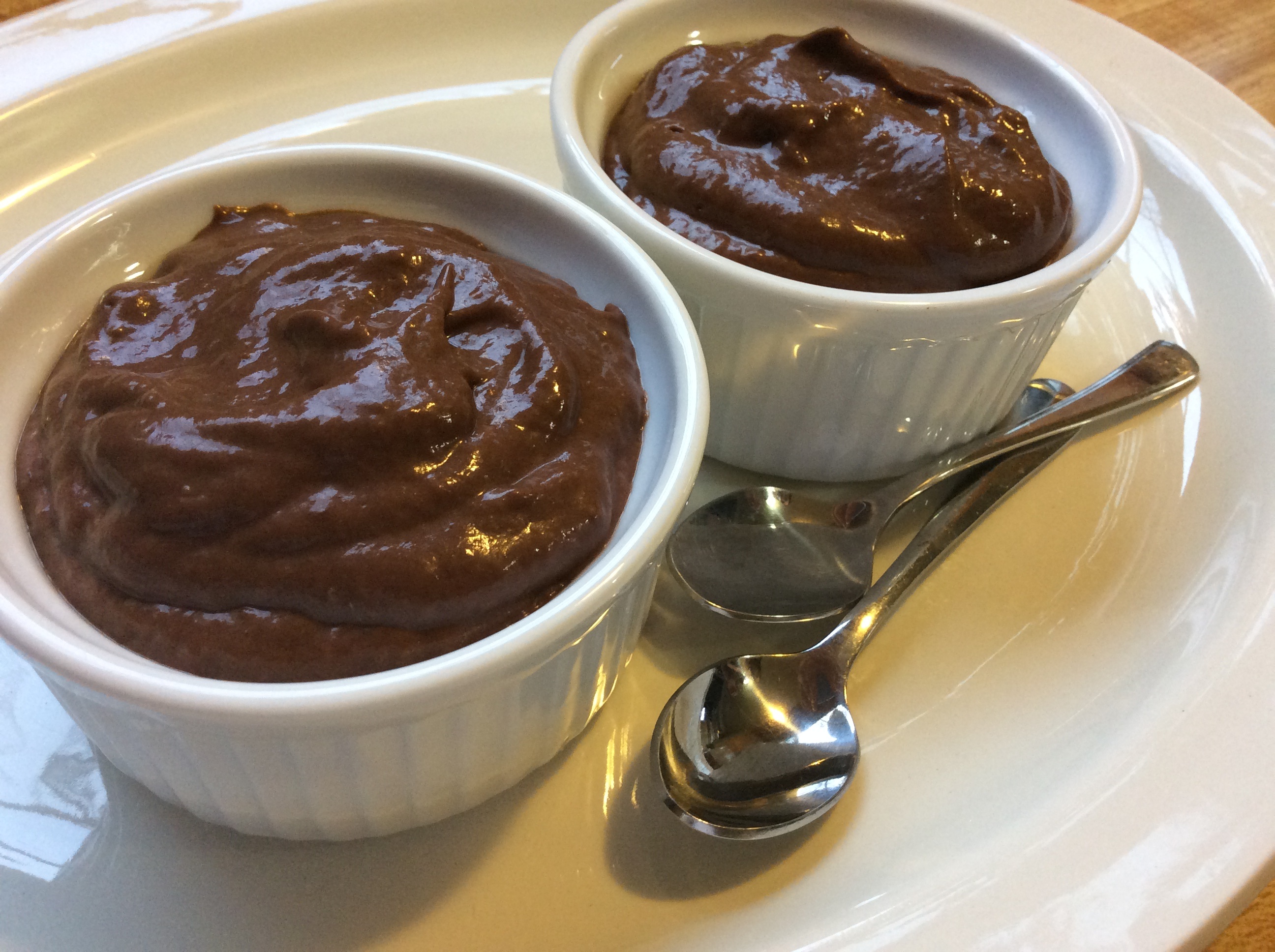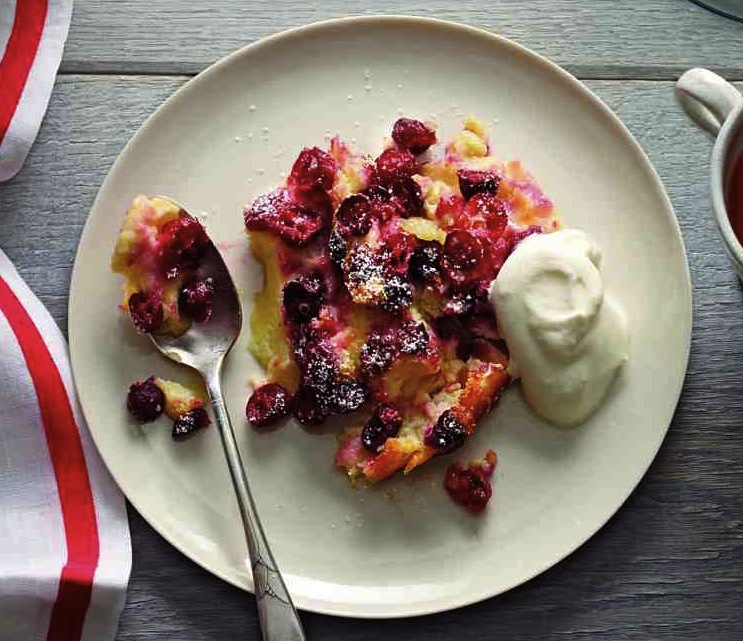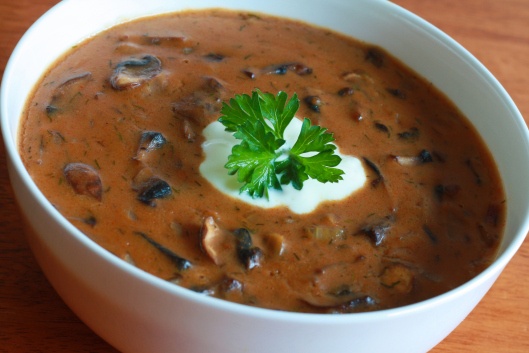This Or That: Roasting Pans Vs. Turkey Bags


Now that you've prepped your turkey, it is time to put it in the oven. Have you considered whether you ought to use a roaster or a bag?
I love the text convo above a friend shared with me. It captures how perplexed I am (as was she) by the idea of cooking in a plastic bag. I decided to share the benefits of baking in a roasting pan versus a bag.
This: Turkey Bags
Everyone I’ve talked to who is a fan of turkey bags like them because it means they have one less dish to wash. I get it, doing dishes isn’t generally my favorite activity. But let's put the one extra dish aside and consider…
Oven bags, also known as roasting bags, are typically made of food-grade polyester or nylon. They are generally BPA-free, phthalate-free, and approved by the FDA for cooking. However, despite this they are not toxic free. Several studies have confirmed that chemicals leach from them at high heat. This study said the highest concentrations of leached chemicals were in the skin and juice. Whic
...Tips and Tricks: Turkey, To Brine Or Not To Brine

That is the question. Some people swear by brining and say it can add delicious flavor and moistness to meat. Others don’t want the hassle of brining-the pans, the fridge space and the time. The truth is brining can make a delicious bird and so can skipping the brine. Here are two ways to make turkey.
If you want to brine:
This will require time, so plan ahead. You need to start your brine the day before you plan to cook your turkey.
Basic Brine Ingredients:
1 cup sea salt or kosher salt
1 gallon filtered water
1 cup raw sugar or honey (optional)
1 bunch fresh sage (optional)
1 bunch fresh thyme (optional)
3 tablespoons black pepper (optional)
Brining Method:
Bring all ingredients to a boil; remove from heat and cool. I place the hot pot outside in colder months to help it cool down quicker. Place thawed turkey in a deep roasting pan that is large enough to allow most of the turkey to be submerged in the brine, or use a commercially available brining bag. We use a 5 gallon ...
Recipe: Chocolate Avocado Pudding


Many attendees at my Nourishing Foods: Sweet Endings class requested a chocolate dessert and I promised to deliver. Here it is, a delicious, creamy, satisfying and nutritious dessert. Whenever I make this favorite for guests, or myself there is never any left over. This is bowl-licking good...AND nourishing at the same time, since it is made of real food ingredients.
Ingredients: Use the highest quality, organically grown ingredients available.
2-3 ripe avocados
1-2 very ripe bananas (brown speckled)
1/3 – 1/2 cup cocoa powder
1/4 teaspoon sea salt
1/2 teaspoon vanilla extract
Method:
Seed and peel avocados, peel bananas and add to the bowl or food processor. Add remaining ingredients. Mix all ingredients until creamy with an immersion blender or in your food processor. The ripeness of the banana determines how sweet your pudding is. If you find your pudding needs sweetness, add 1-3 Tablespoons of honey or maple syrup. Start with less and only add more if needed. You ca
...Recipe: Pear Cranberry Clafoutis


GAPS-legal, grain- and gluten-free
Christmas breakfast is just around the corner and I wanted to share with you my delicious holiday brunch dish. It is simple to make and tastes wonderful. You can eat it warm, but it is also good chilled, which is what makes it such an excellent choice for your holiday morning. You can make ahead or that morning and either way LOVE it. For a special treat, you can add some whipped cream, whipped coconut cream or drizzle with whole milk plain or vanilla yogurt.
Ingredients:
4 large eggs
1/8 cup honey
½ cup sour cream, creme fraiche, or full-fat coconut milk
½ cup (1 stick) butter or unrefined coconut oil
1 teaspoon vanilla extract
⅓ cup crispy almond* flour
pinch of ground nutmeg
¼ teaspoon Celtic Sea Salt
4 medium pears, cored and thinly sliced with the skins on**
1/2 cup cranberries fresh or frozen
*Crispy almonds are nuts that have been soaked in water with a little salt for 12-24 hours and then dried in the dehydrator until...
Recipe: Hungarian Mushroom Soup

 photo: daring gourmetAdapted from Internal Bliss
photo: daring gourmetAdapted from Internal BlissThis soup is so delicious and is GAPS friendly. Keep your eyes on my blog for more delicious soup recipes this month.
Ingredients:
4 Tbsp Ghee
2 medium onions
10 cups mushrooms*
1 Tbsp paprika
2-3 sprig fresh thyme
2 cups Bone Broth or Meat Stock
2 cups kefir, yogurt or coconut milk
Salt and Pepper to taste
*Choose a variety of mushrooms for best flavor. You can use white button mushrooms but its best to add baby portobellas, oyster mushrooms or morrels which are often available in the grocery store. Dried mushrooms can add a rich flavor when mushrooms are not in season.
Method:
Melt ghee is a large soup pot or Dutch oven. Add the onion and sauté until they soften. Add paprika and mushrooms. Continue to sauté until mushrooms become soft. The mushrooms will ‘cook down’ and reduce in volume.
Add broth or stock. Simmer for about 10 minutes. When the soup is slightly cooled, stir in kefir, yogurt or coconut milk. Salt and pepper to tast
...Recipe: Liver Bacon Pate
I made this recipe to share with you after many experiments in the kitchen. Several folks who have identified with not liking liver, have enjoyed this recipe. If you have tried liver before and are convinced that you don’t like it, give yourself the gift of trying again with top quality ingredients you trust and some of your favorite flavor combinations listed under the optional ingredients list.
I list so many optional ingredients because I really want to encourage you to play with the flavors that work for you and your family. It is very easy to substitute or adjust the spices or fat, and come up with your own favorite variation. With enough of these robust, delicious flavors (bacon, anchovies, dried herbs, wine, etc.), you’re sure to find your favorite way to savor this life giving, nutrient dense food!
Ingredients:
- ½ - 1 lb. organic, pastured pork bacon
- 1 - 1 ½ lb. organic, pastured beef, chicken, or other favorite liver*, sliced ¼ - 3/8 “ thick
- 2-3 organic, pastured ...
Organic Cotton in Summer's Practice

I use only organic cotton in my practice, because I am committed to choosing products that are the highest quality, most sustainably produced, and least likely to cause adverse reactions in my patients. When you lay down on my treatment table, you can rest assured that the sheets you are laying on are made of organic cotton. When I put a dab of essential oil on a cotton ball for you to inhale or apply to your skin, you can be sure that you are receiving only the beneficial essential oil, because the cotton ball itself is produced with organic cotton, free of contamination by chemical pesticides or fertilizers. And the beauty of organic products is that to be recognized as organic, they must also be free of genetically modified organisms, or GMOs. This means that in addition to being the best choice for you, these organic cotton products are also the best choice for our planet, our soil, and our farmland. From the producer of the cotton balls I use:
Through the use of or...
3 Tips for Eating Ferments Without Regretting It: #1: Take It Slow
Does your belly hurt after you eat sauerkraut?
Over years of teaching people how to incorporate authentic traditional foods such as properly prepared ferments, I have heard my share of stories. This is the first of three blog post with tips and stories about how to make integrating sauerkraut into your diet fun for your gut as well as your tastebuds.
Tip # 1: Start S-L-O-W-L-Y when introducing ferments.
Often times, folks are so delighted to eat new deliciously sour fermented foods that they do not heed my warnings and dive right in to devouring sauerkraut in MUCH larger quantities than I ever advise. Several years ago, a friend of mine heard all about the beneficial aspects of traditionally fermented foods and decided to try some. He started with a taste and his eyes lit up. So good! He decided to have a half cup (4 oz) of sauerkraut with his dinner. He then thought, “If some is good, more would be better!” and ate about that same amount again within a couple of hours. I di...
3 Tips for Eating Fermented Foods Without Regretting It: #2 Give It Time
More fermented food fun! Here is your second tip to help make integrating this delicious traditional food into your daily life more enjoyable and more beneficial:
Tip #2: Make sure your sauerkraut (or other ferment) has fermented long enough.

(If you missed my first tip CLICK HERE. For basic sauerkraut info and recipe CLICK HERE.)
Some of my more sensitive patients have trouble digesting sauerkraut purchased from the store, but find that they have no difficulty digesting it when they make their own. This is likely due to the store bought kraut not being fermented long enough for someone with gut impairment issues. It has not completed enough of the fermentation process, in which lactic acid accumulates in the cabbage to suppress microbial activity and stop the fermentation. If the cabbage and other vegetables in the ferment you consume are still fermenting, they will continue fermenting inside your digestive system, producing gas and giving you unpleasant symptoms. This appl
...3 Tips for Eating Ferments Without Regretting It: #3 Brine Shots!
Tip #3: Brine shots anyone?
I've shared my sauerkraut recipe, plus two important tips (here's #1 and here's #2) for eating ferments like kraut without regretting it. Here is your third and final additional tip with a simple 2-3 ingredient recipe to help make life-giving ferments a staple in your life.
For some folks who are dealing with more severe gut and overall health challenges, it may be best to start with fermented sauerkraut juice and skip the roughage (cabbage) for a period of time, depending on your particular health concerns and the severity of your issues. Sauerkraut juice is also an excellent tonic for those suffering from sluggish bowels, This includes the common perception of constipation in which no stool moves from the bowel for a day or longer (a serious bowel health issue to remedy) as well as some version of the more typical scenario in which only a small amount of stool is passed and the individual does not feel fully evacuated. In conjunction with acupuncture,...
